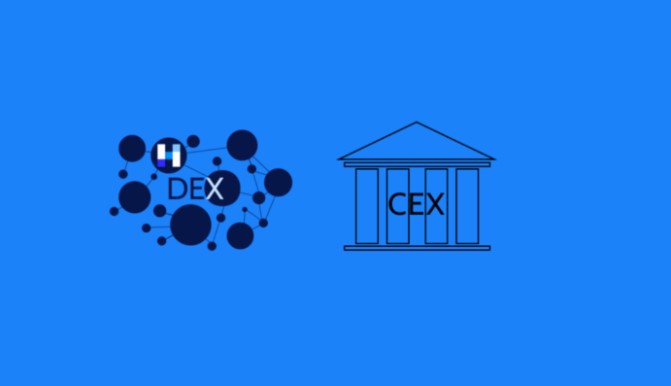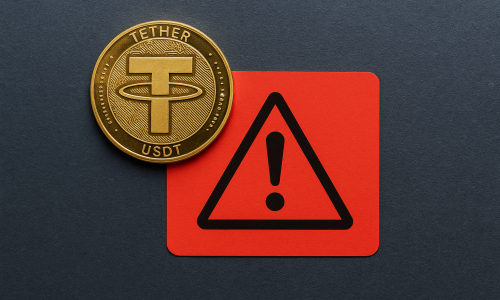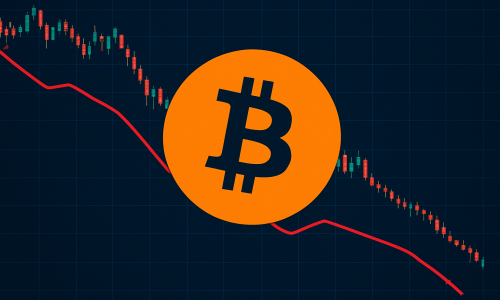The emergence of DEX (decentralized exchanges) had created a fierce debate on how should all exchanges be structured. Although most of the popular exchanges are centralized, it would be appropriate to study some of the pros and cons on both camps, to see whether either of them is the most appropriate.
Centralized crypto exchanges
Choosing a certain type of exchange would not have anything to do with your risk tolerance, but on the other hand, will influence several other aspects. If we talk about centralized exchanges, they come with several important advantages like consistently high liquidity, a large share of the global trading volume, and the transaction speed.
On the negative side, it is important to note that custody had been the main concern. You need to entrust your exchange with your private keys and that means you won’t have full control over the tokens. This had led to security issues emerging, given many big exchanges had been hacked throughout the last two years. The third downside has to do with price manipulation. Insider trading and fake trading volumes make it difficult for the “average Joe” to have a better picture of which cryptocurrencies are truly popular.
Decentralized crypto exchanges
Moving to decentralized exchanges, in this case, traders don’t need to worry about custody, because they’ll be in full control over the private key. Also, enhanced security is provided thanks to distributed hosting, which minimizes the risk of infiltration or attacks. Lastly, these exchanges ensure a broad diversity of tokens listed, with most of the small altcoins not available on centralized exchanges at the time of writing.
But decentralized exchanges also come with several downsides. Trade failures can occur, because limit orders are visible on the order book, pending execution and settlement. This could lead to multiple attempts to fill the same order and thus a network-level failure.
Secondly, canceled orders are expensive, considering they must be validated on-chain, adding additional costs to the process of updating orders. Lastly, the order type array is limited, since users are not yet able to create more complex orders that rely on assistance from a third-party, such as stop-loss.
The bottom line
In reality, both centralized and decentralized crypto exchange platforms come with strengths and weaknesses. Each crypto trader should, thus, make a choice based on personal objectives and make sure that access to the best services will be granted. It is also important to note that hybrid exchanges (IDEX) are showing up, but that will be a topic to be discussed in one of the next articles.



